Nike's chief design officer John Hoke on the future of retail design
Nike's new Paris flagship points towards the future of physical retail, with a digitally-integrated approach

Nike’s opening of its new flagship store in Paris this week, known as House of Innovation 002, blazes a trail to show what the new face of retail, in both the physical and digital sense, could look like.
Located on the Champs-Elyseés in a historic building dating from 1928, the four-floor, 26,000 sq ft Nike hub brings together its men’s, women’s and kids collections under one dynamic roof.
‘We began the process of designing these houses of innovation to build on a lineage of Nike being an innovator in product and athletics, but also in the field of retail,’ recounts Nike’s chief design officer, John Hoke. ‘That’s been the drive and desire; to create a space and a portal, which blends these architectonic elements of physical buildings, ie. the hardscape, with the mediascape and the social mediascape all together to keep people engaged. We also wanted to peel back the curtain on what it’s like to be innovative as a company. Being an innovator means that you try things and fail, but you learn and adjust. Our Houses of Innovation try to delve into that commitment that we have.’

Designed with screens seamlessly embedded throughout the space, which broadcast data from its activity training apps, the Nike Sports Research lab, global and local weather reports as well as sporting events, the store’s futuristic shopping experience in fact begins even before you step into the physical space.
In a seamless integration of the online and offline shopping experience, Nike app members will be first alerted when entering or in the vicinity of the store with news and product features. As they work their way through the boutique, they are able to scan the barcodes of products via the app, in order to learn more about sizes and colours that are currently available in real time.
‘Finding that perfect blend of the physical and digital and bringing in more of the personal applications was something we learnt [from the first two flagship stores in New York and Shanghai],’ explains Hoke. ‘We could extend that experience before you get to the store, while you’re in the store and then after. That engagement is elongated beyond the time you are in the space and what that does for us is it creates that broader and richer dialogue back and forth.’
We haven’t retro-fitted anything. Our designs to mitigate Covid-19 are as intentional and seamless as the designs in store.
Scanning barcodes also enables customers to select which items, be it a single product or an entire look that’s displayed on a mannequin, they would like to have brought to a fitting room for trying on – all possible without having to come into contact with shop staff, should that be a priority. Further enhanced by Nike Fit technology, which allows individuals to photograph and thus scan their feet in order to determine the right shoe size, that now has been newly extended to include Bra Fit, a significant amount of guesswork (and interaction) that typically accompanies shopping has been eliminated.
‘We have an unwavering commitment to the health and well-being of our employees. We have approached this store and opening with the utmost care and concern that goes way beyond the basics,’ Hoke asserts, adding that signage reminding customer and staff about social distancing rules have been incorporated all around the space. ‘We haven’t retro-fitted anything. Our designs to mitigate Covid-19 are as intentional and seamless as the designs in store. The aesthetics, placement and graphic nature [of the signage] is both beautifully done and informative. If you look across the panorama of the store, it all makes sense and fits right in.’


Aesthetically, the multi-use space, which took four years to reconfigure, nods to both Nike’s spirit for innovation and the city’s rich history. Behind the building’s refined stone façade, which was thoroughly restored, statuesque cantilevered staircases held in place by steel pin joint trace the building’s interior circumference, leaving a soaring, digitally enabled tower at its core. Many of the store’s mechanical inner workings, from its malleable event space that’s functions like a sound stage to the motoring of its escalators, have also been left intentionally exposed to allow visitors to observe their functions at face value, not unlike Nike’s Air Max shoes.
Most noteworthy is Nike’s continued commitment to sustainability, which weaves its way through the new boutique at multiple levels. Over 85,000 kilograms of sustainable material has been integrated into the store’s design and display fixtures. It also operates entirely on renewable energy. In addition to an array of sustainably made products (ranging from the recycled French national football team kits to its Flyknit sports bra that’s made from less material to limit waste) which are featured on every floor, the boutique also serves as a gateway for Nike’s Reuse-a-Shoe program, where shoes of any brand can be donated and transformed into Nike Grind, a material also seen in the store’s walls and floors.
‘Our role as a brand is to be very thoughtful about sport and our planet,’ Hoke affirms. ‘I believe that sport is a birthright for every generation. It is our job as designers to protect the future of sport for the next generation and beyond. [Just like] the Bauhaus launched ‘form follows function’ as call to action 80 years ago, I don’t think that is enough anymore. Where I’m going is ‘form and function follows footprint’. There’s an added constraint, an added opportunity to create, and that’s our footprint. That should change utility and the aesthetic for the better with no compromises. We care about the ecosystem and the ecology that our athletes play in. It’s our responsibility to do a better job for our planet.’
INFORMATION
Receive our daily digest of inspiration, escapism and design stories from around the world direct to your inbox.
Pei-Ru Keh is a former US Editor at Wallpaper*. Born and raised in Singapore, she has been a New Yorker since 2013. Pei-Ru held various titles at Wallpaper* between 2007 and 2023. She reports on design, tech, art, architecture, fashion, beauty and lifestyle happenings in the United States, both in print and digitally. Pei-Ru took a key role in championing diversity and representation within Wallpaper's content pillars, actively seeking out stories that reflect a wide range of perspectives. She lives in Brooklyn with her husband and two children, and is currently learning how to drive.
-
 The new Tudor Ranger watches master perfectly executed simplicity
The new Tudor Ranger watches master perfectly executed simplicityThe Tudor Ranger watches look back to the 1960s for a clean and legible design
-
 This late-night hangout brings back 1970s glam to LA’s Sunset Boulevard
This late-night hangout brings back 1970s glam to LA’s Sunset BoulevardGalerie On Sunset is primed for strong drinks, shared plates, live music, and long nights
-
 How Memphis developed from an informal gathering of restless creatives into one of design's most influential movements
How Memphis developed from an informal gathering of restless creatives into one of design's most influential movementsEverything you want to know about Memphis Design, from its history to its leading figures to the pieces to know (and buy)
-
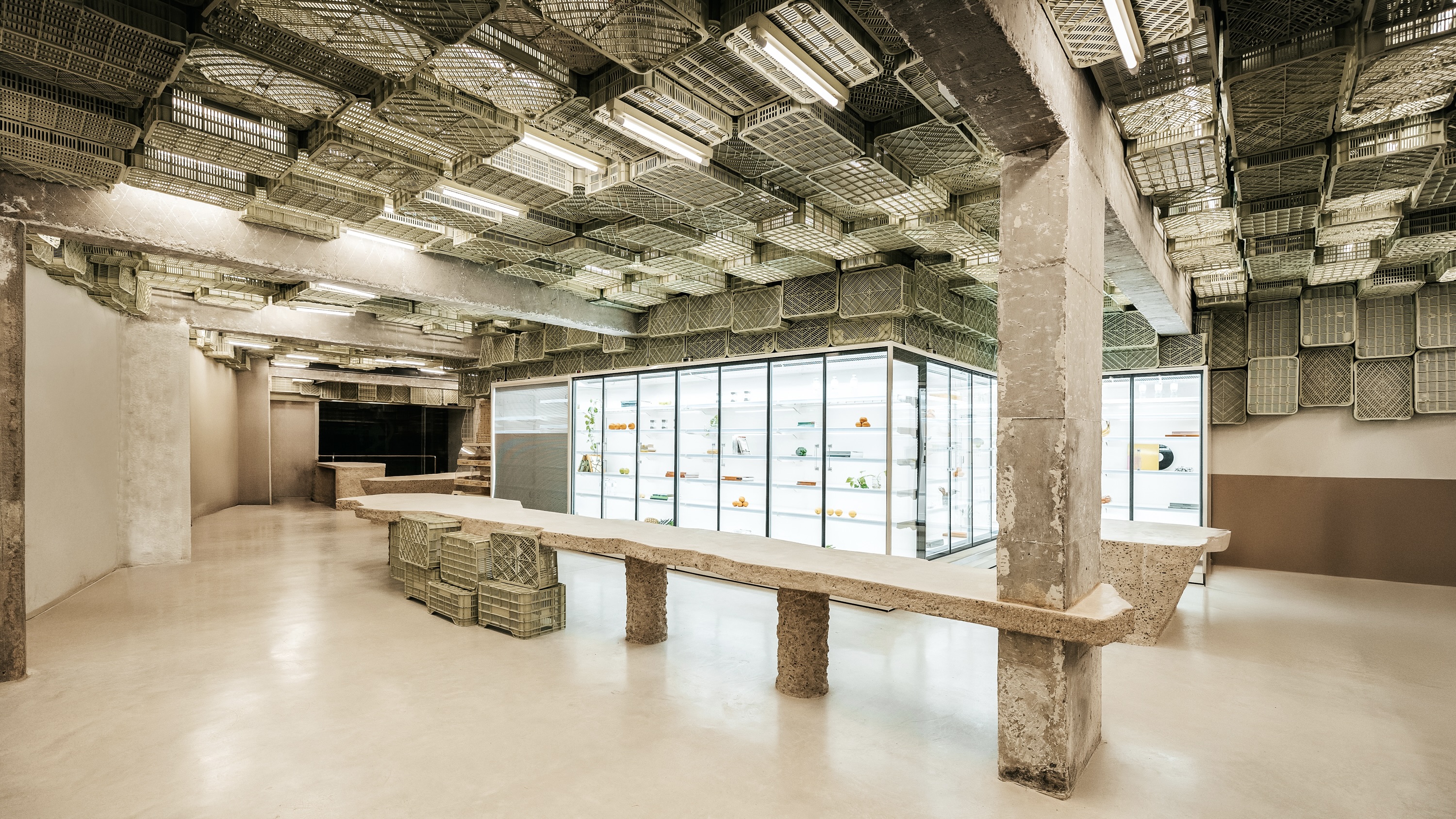 Spice up the weekly shop at Mallorca’s brutalist supermarket
Spice up the weekly shop at Mallorca’s brutalist supermarketIn this brutalist supermarket, through the use of raw concrete, monolithic forms and modular elements, designer Minimal Studio hints at a critique of consumer culture
-
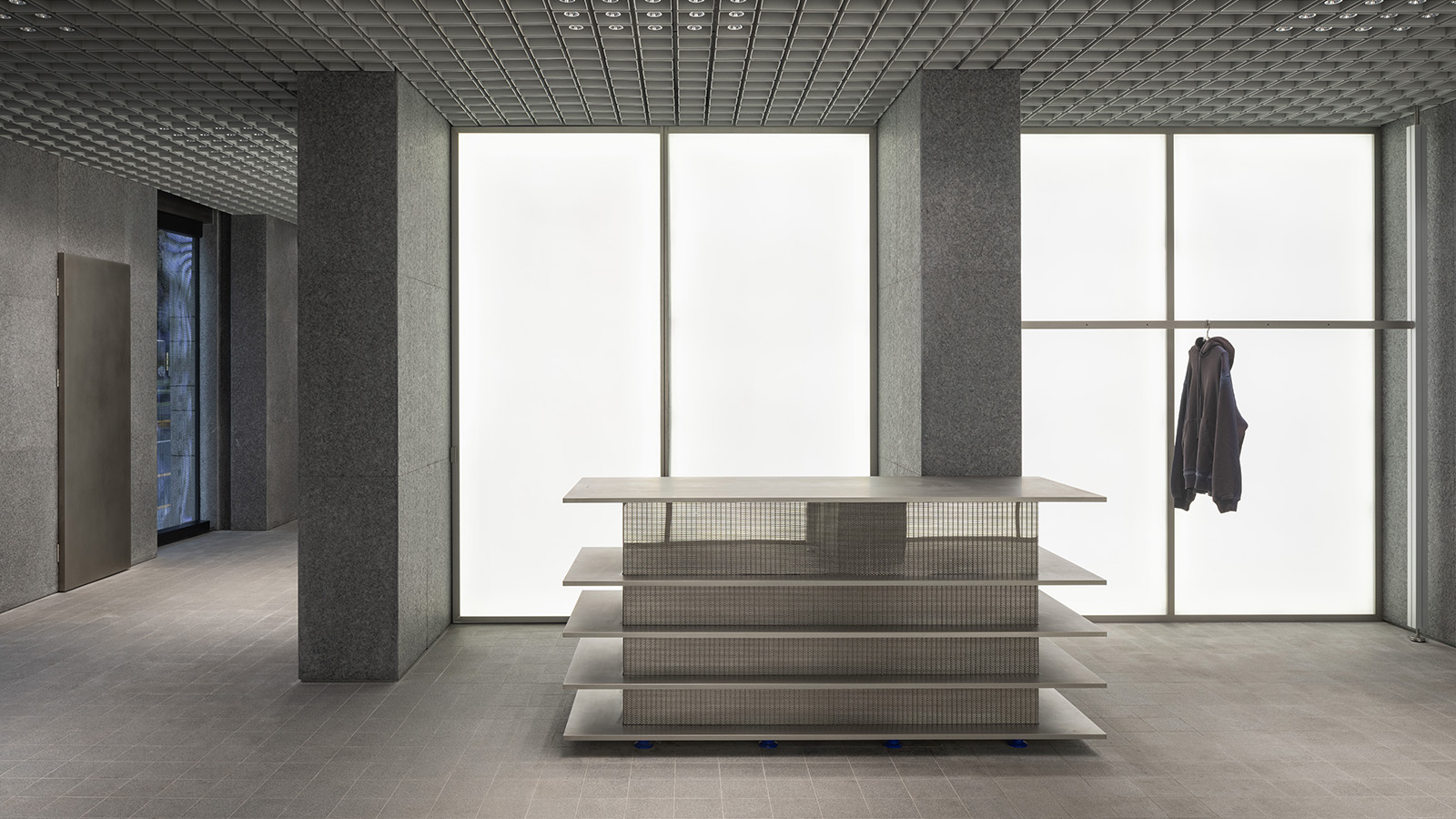 Raw, refined and dynamic: A-Cold-Wall*’s new Shanghai store is a fresh take on the industrial look
Raw, refined and dynamic: A-Cold-Wall*’s new Shanghai store is a fresh take on the industrial lookA-Cold-Wall* has a new flagship store in Shanghai, designed by architecture practice Hesselbrand to highlight positive spatial and material tensions
-
 Christian de Portzamparc’s Dior Geneva flagship store dazzles and flows
Christian de Portzamparc’s Dior Geneva flagship store dazzles and flowsDior’s Geneva flagship by French architect Christian de Portzamparc has a brand new, wavy façade that references the fashion designer's original processes using curves, cuts and light
-
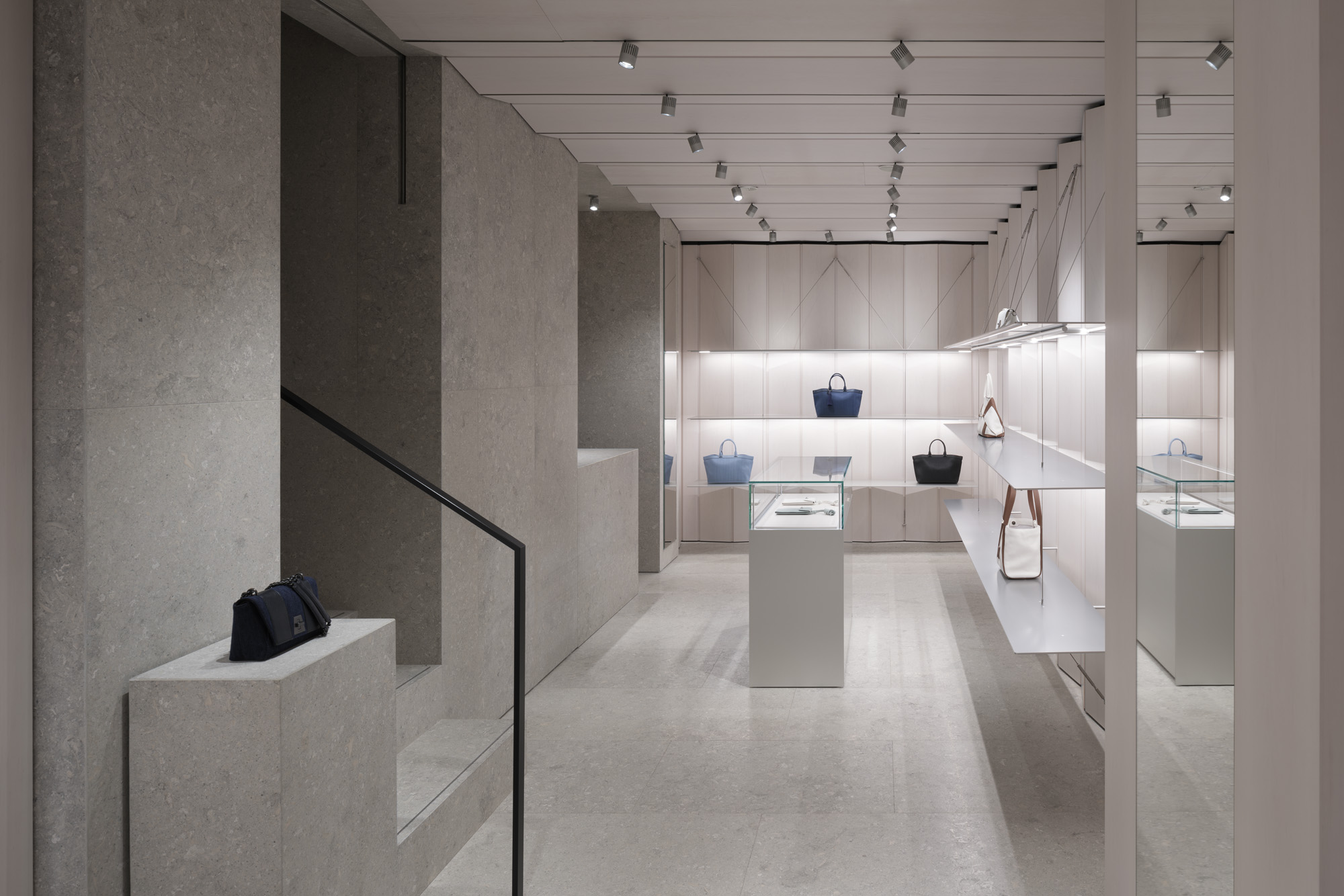 Store concept by David Chipperfield Architects for Akris is simply ‘selbstverständlich’
Store concept by David Chipperfield Architects for Akris is simply ‘selbstverständlich’An ethereal new store concept by David Chipperfield Architects for Akris is rolled out from Washington to Tokyo
-
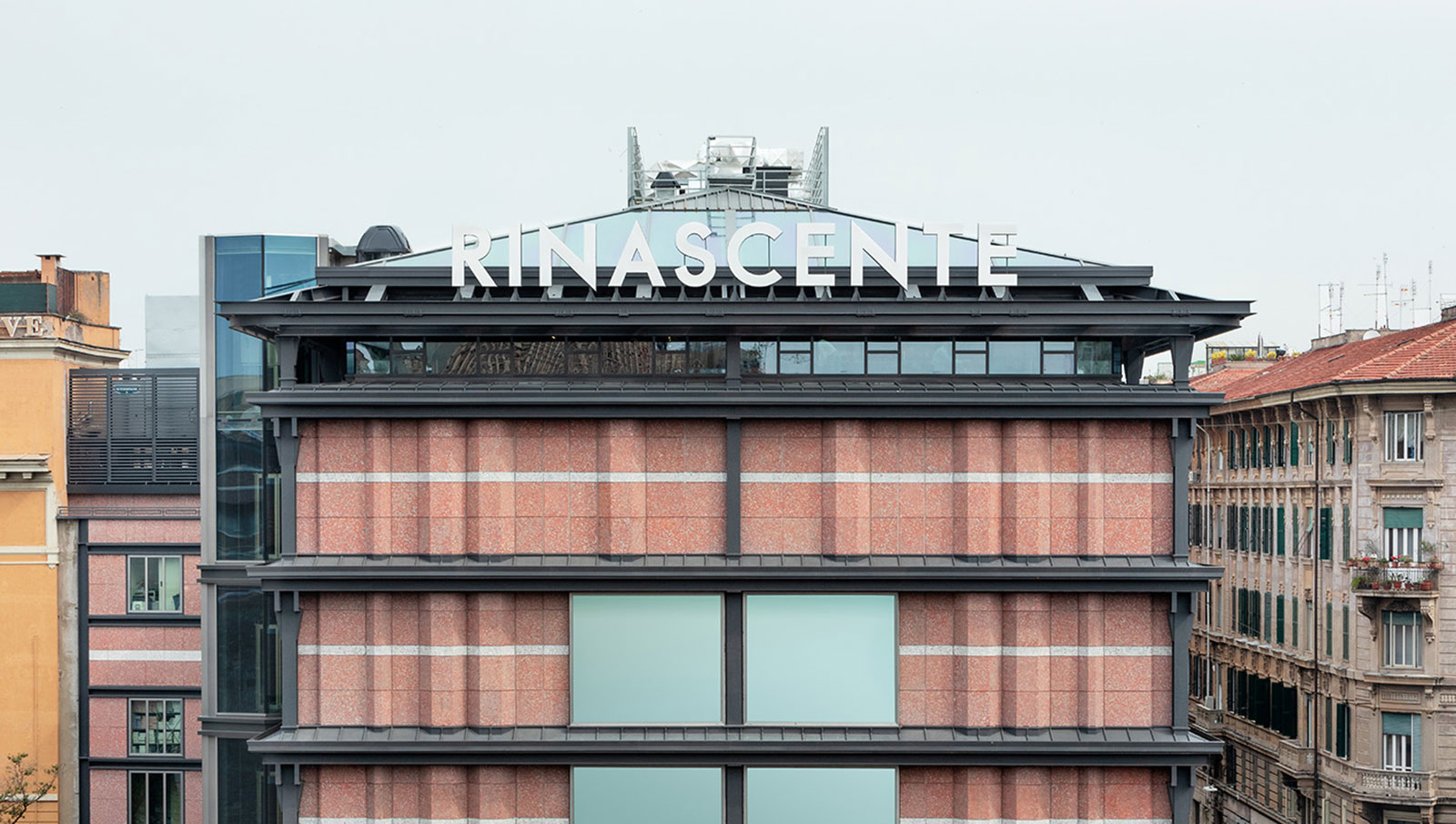 Rinascente is reborn in Rome’s Piazza Fiume courtesy of design studio 2050+
Rinascente is reborn in Rome’s Piazza Fiume courtesy of design studio 2050+Rinascente in Piazza Fiume, Rome gets a makeover by Milan-based interdisciplinary design agency 2050+
-
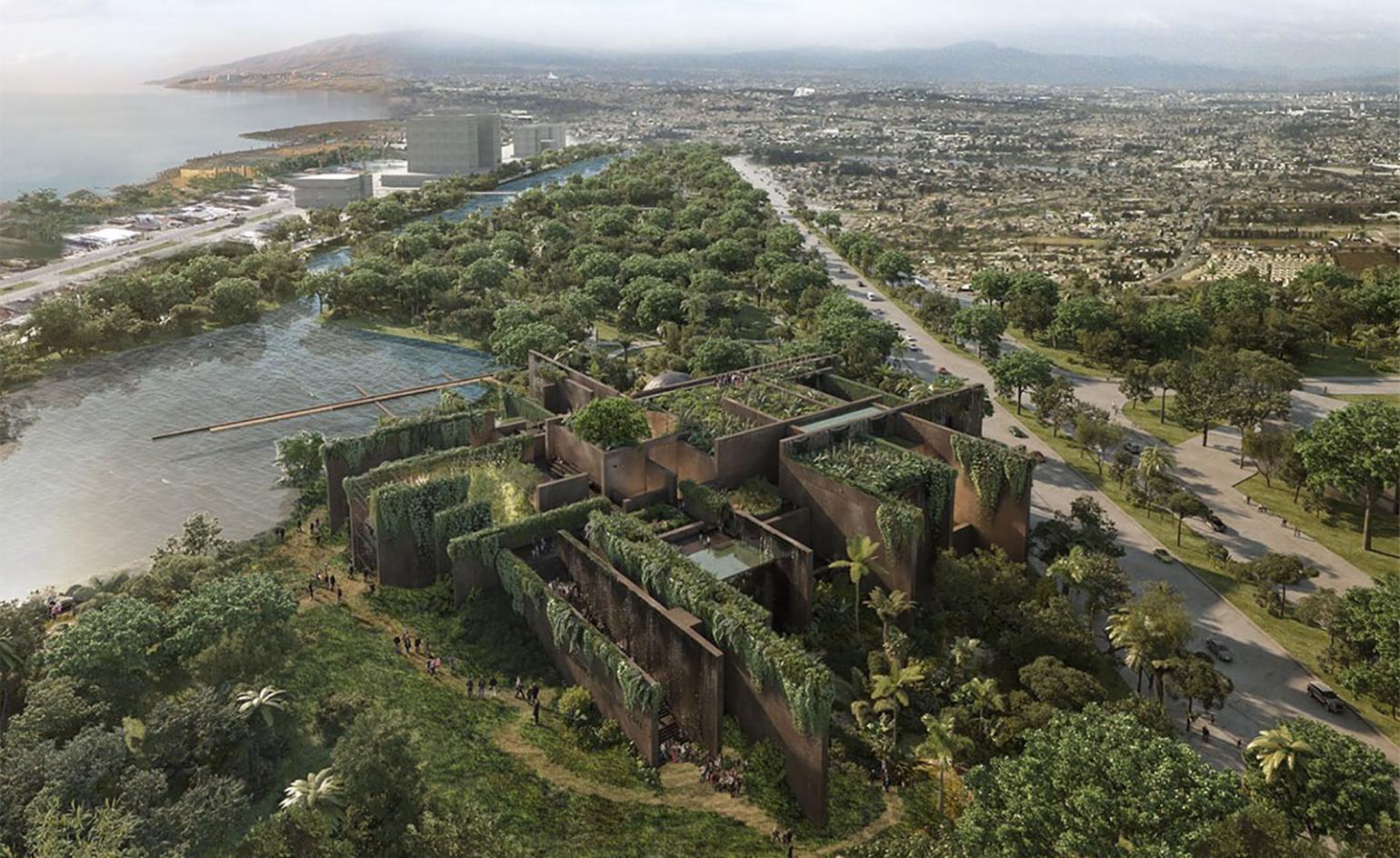 Out of office: coffee and creative small talk with Tatiana Bilbao
Out of office: coffee and creative small talk with Tatiana BilbaoBodil Blain, Wallpaper* columnist and founder of Cru Kafé, shares coffee and creative small talk with leading figures from the worlds of art, architecture, design, and fashion. This week, it’s Mexican architect Tatiana Bilbao, who is currently designing a brutalist, ethical aquarium in Mazatlán and has an exhibition at Copenhagen's Louisiana Museum of Modern Art opening in October 2019
-
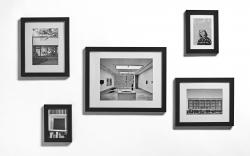 At home with Deborah Berke
At home with Deborah BerkeArchitect Deborah Berke talks to us about art, collaboration, climate change and the future, from the living room of her Long Island home
-
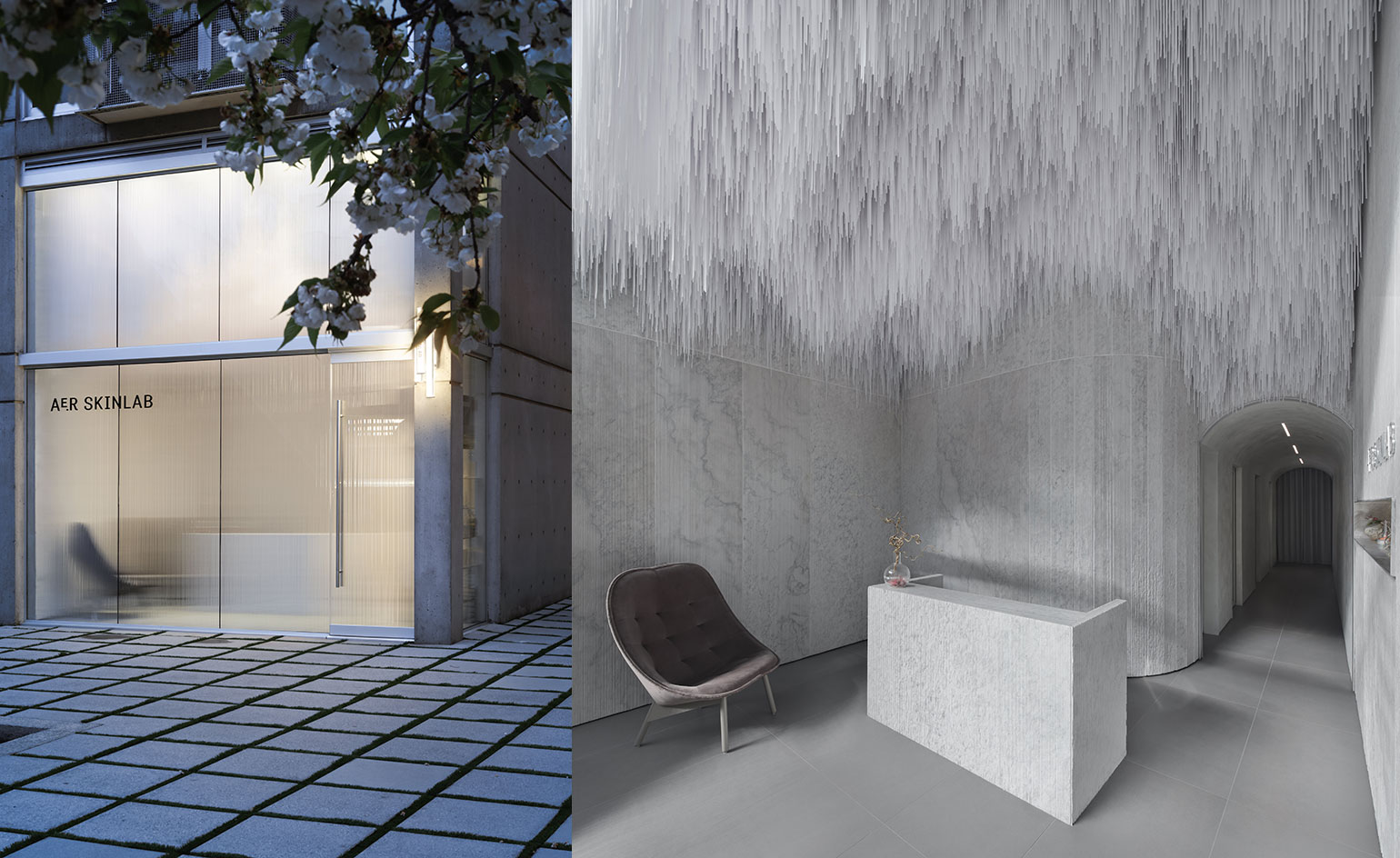 Vancouver clinic interior design is inspired by quarries
Vancouver clinic interior design is inspired by quarriesA new cosmetic dermatology clinic's architecture in Vancouver, designed by Leckie Studio, is inspired by geological formations